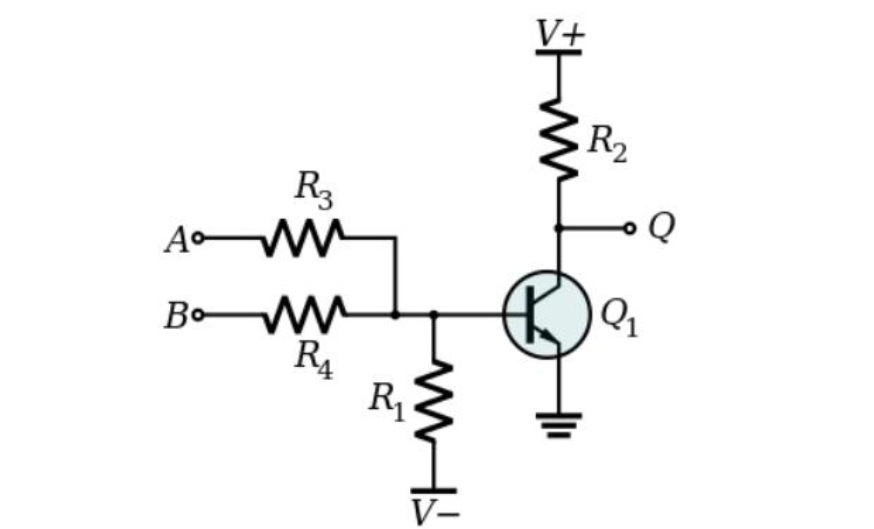The historical progression of logic technologies traces the advancements in the design and implementation of digital logic circuits, which form the foundation of modern digital electronics and computing. Below is a detailed timeline of the evolution of logic technologies:
逻辑技术的历史进程追溯了数字逻辑电路设计和实现的进步,这些电路构成了现代数字电子和计算的基础。以下是逻辑技术发展的详细时间表:
1. Relay Logic (1930s–1940s) 继电器逻辑(20世纪30年代至40年代)
参考视频: 【DAVIAC-1 纯继电器电脑 采用电动马达作为时钟信号】 https://www.bilibili.com/video/BV1Ua411E7B4/?share_source=copy_web&vd_source=147e55c08e25945ae6904a69482dfe54
DAVIAC-1 纯继电器电脑 采用电动马达作为时钟信号
Key Features:主要特点:
- Relays were used as switches to implement logical functions.继电器被用作开关来实现逻辑功能。
- Large mechanical systems based on electromagnetic relays were used to perform basic digital operations in early computers, such as the Harvard Mark I and Zuse Z3.基于电磁继电器的大型机械系统在早期计算机中用于执行基本的数字操作,如哈佛Mark I和Zuse Z3。
Advantages:
- Allowed automation of complex calculations.
- Reliable for basic operations.
- 优势:
允许复杂计算的自动化。
可靠的基本操作。
Limitations:
- Slow switching speed due to the mechanical movement of the relays.
- Large, bulky systems prone to wear and failure.
- 限制:
由于继电器的机械运动,开关速度较慢。
大型、笨重的系统容易磨损和故障。
2. Vacuum Tube Logic (1940s–1950s) 真空管逻辑(1940年代至1950年代)
【国外电子发烧友尝试利用电子管DIY一台计算机,运行成功】 https://www.bilibili.com/video/BV1VN411X7ck/?share_source=copy_web&vd_source=147e55c08e25945ae6904a69482dfe54
国外电子发烧友尝试利用电子管DIY一台计算机,运行成功
Key Features:
- Vacuum tubes replaced relays to create faster electronic switching circuits.
- Used in first-generation computers like the ENIAC and EDVAC.
- 主要特点:
真空管取代了继电器,以创建更快的电子开关电路。
用于ENIAC和EDVAC等第一代计算机。
Advantages:
- Faster operation compared to relays due to the absence of mechanical movement.
- Simpler integration of multiple tubes for more complex logic systems.
- 优势:
由于没有机械运动,与继电器相比操作更快。
更简单地集成多个管子,用于更复杂的逻辑系统。
Limitations:
- Huge power consumption and heat generation.
- Bulky, unreliable, and prone to frequent failure.
- 限制:
巨大的电力消耗和热量产生。
体积大、不可靠、容易频繁发生故障。
3. Resistor-Transistor Logic (RTL) (1950s)电阻晶体管逻辑(RTL)(20世纪50年代)

RTL中的与非门





 最低0.47元/天 解锁文章
最低0.47元/天 解锁文章

















 1万+
1万+

 被折叠的 条评论
为什么被折叠?
被折叠的 条评论
为什么被折叠?








